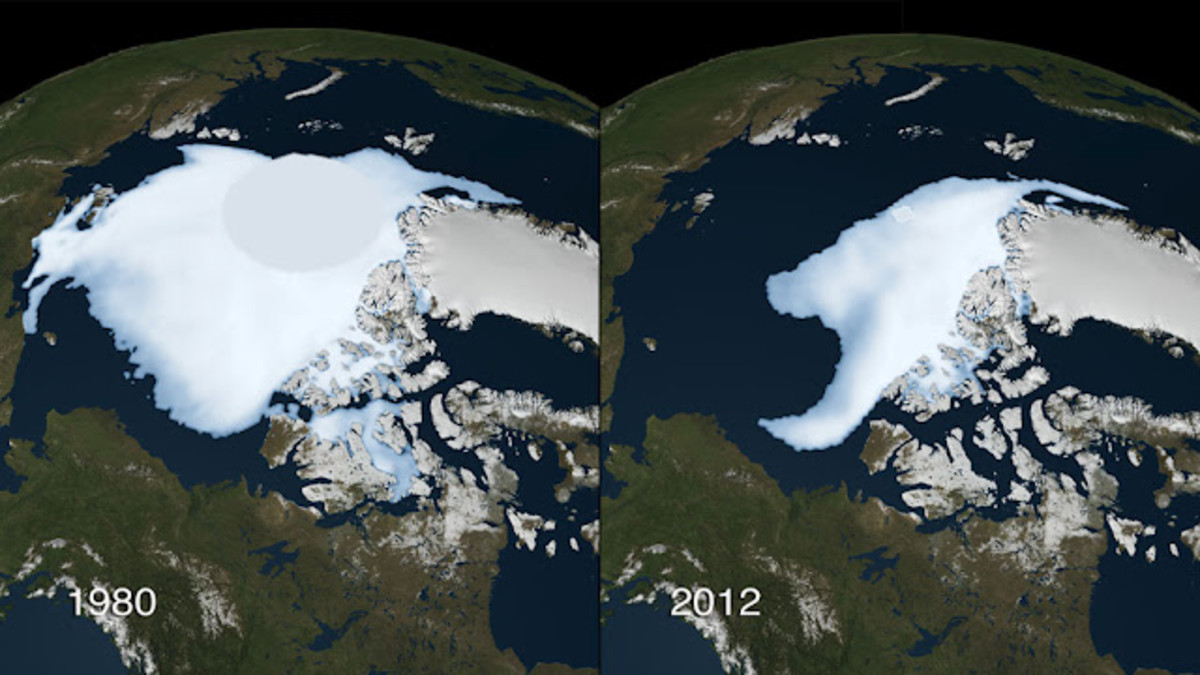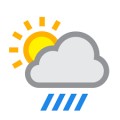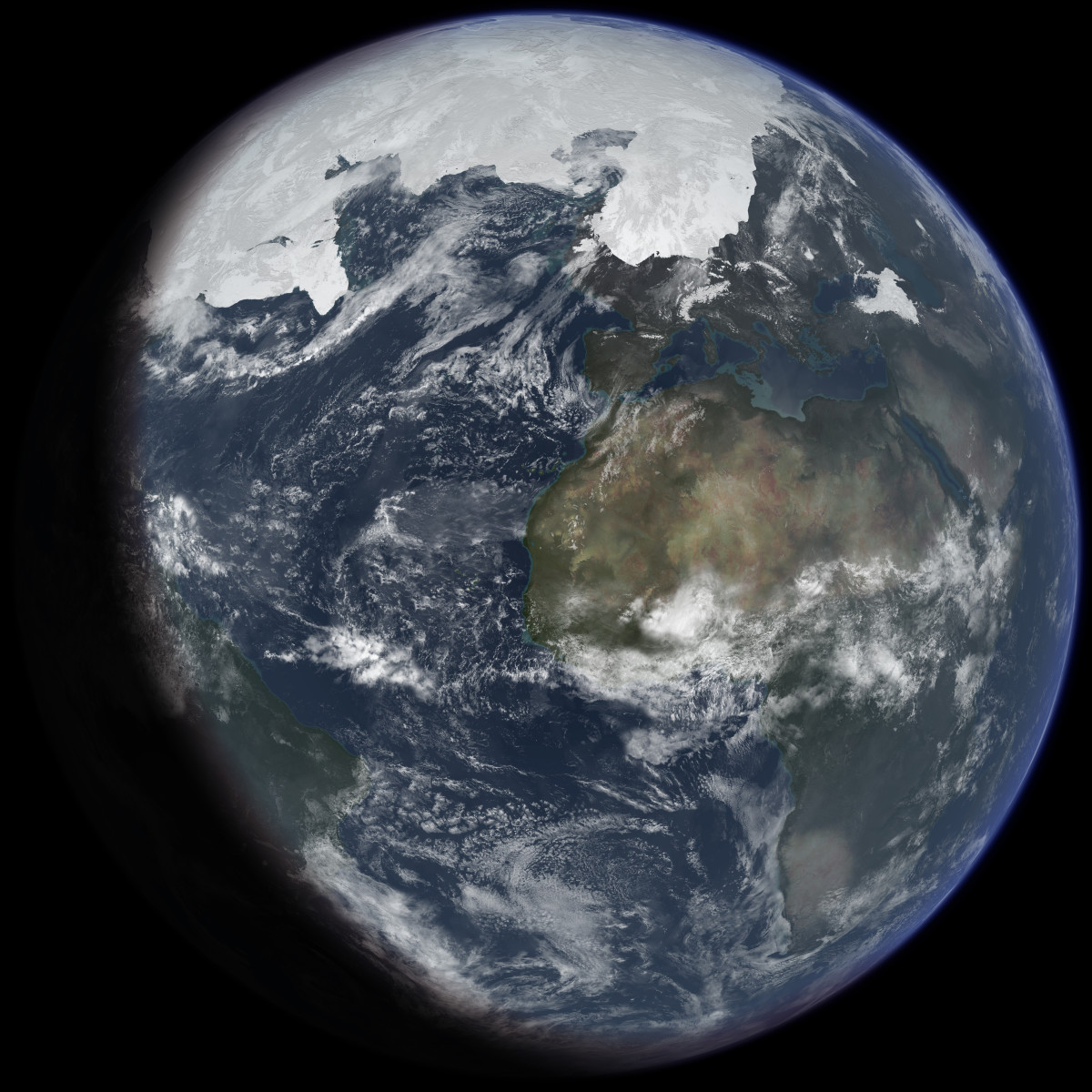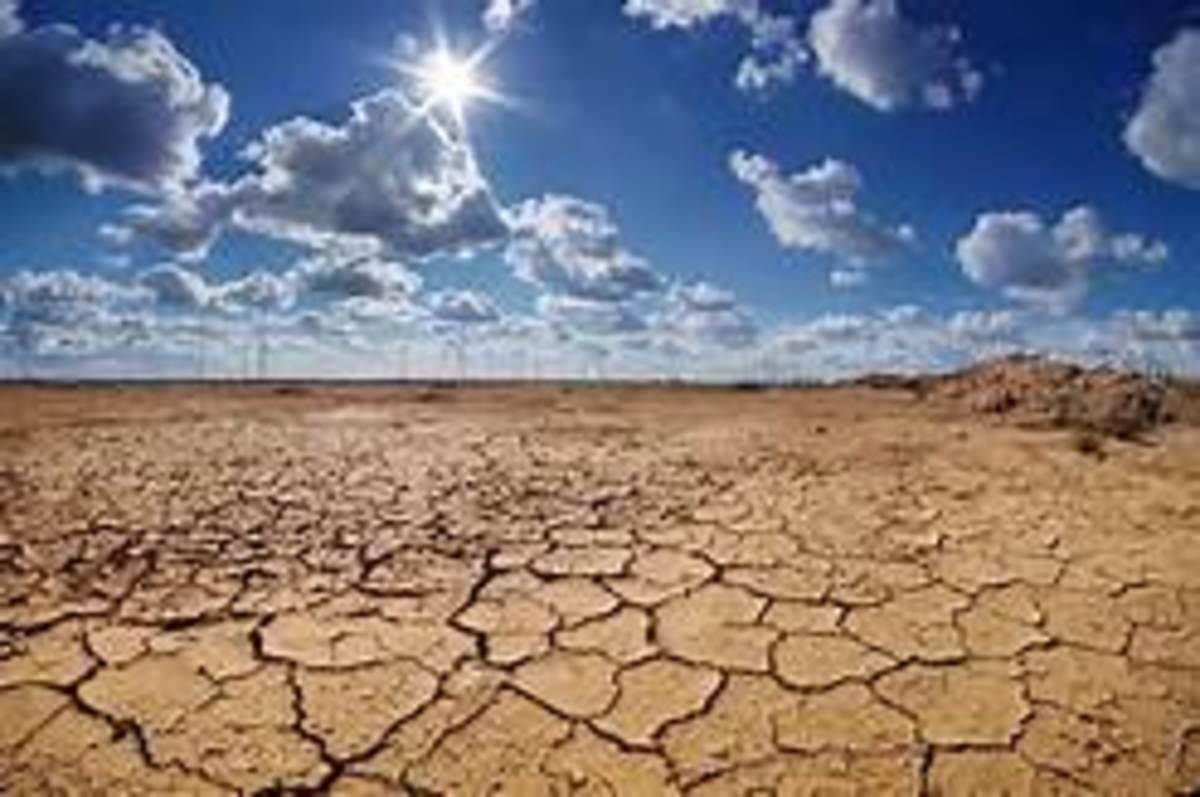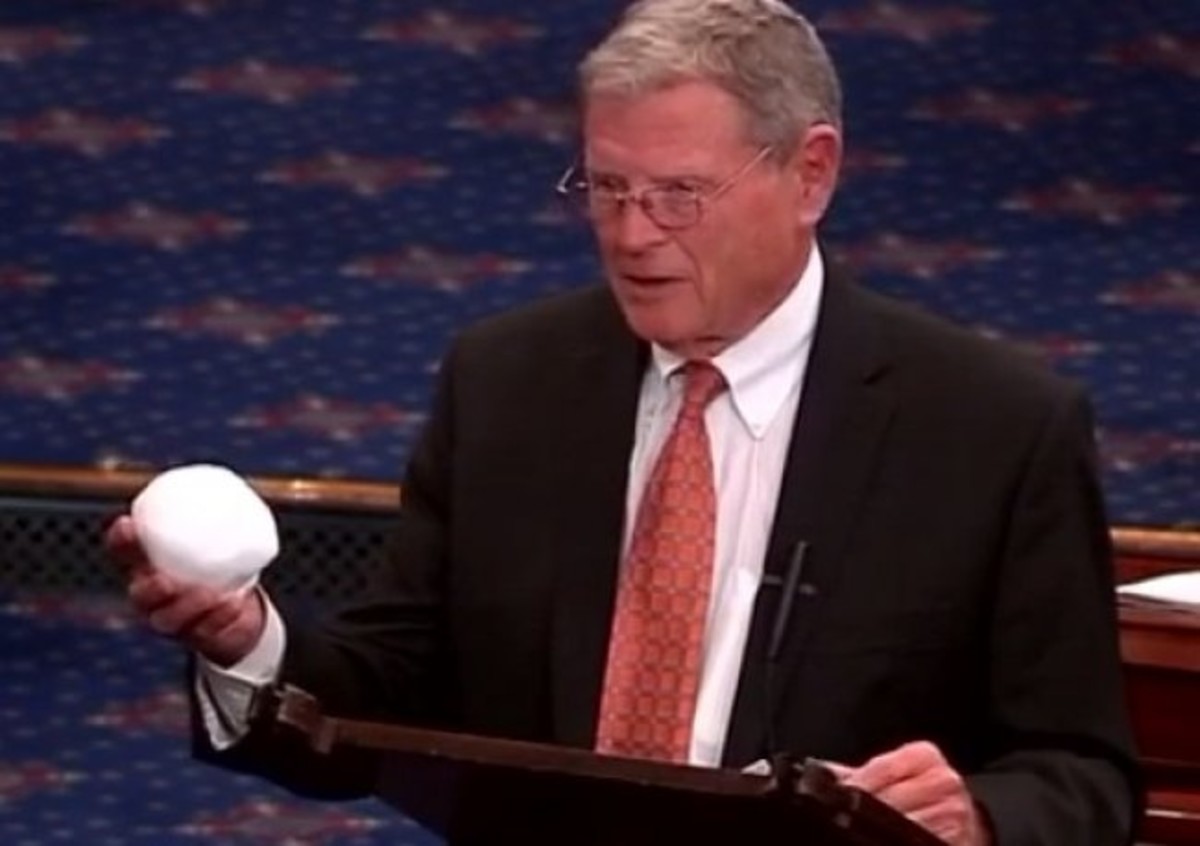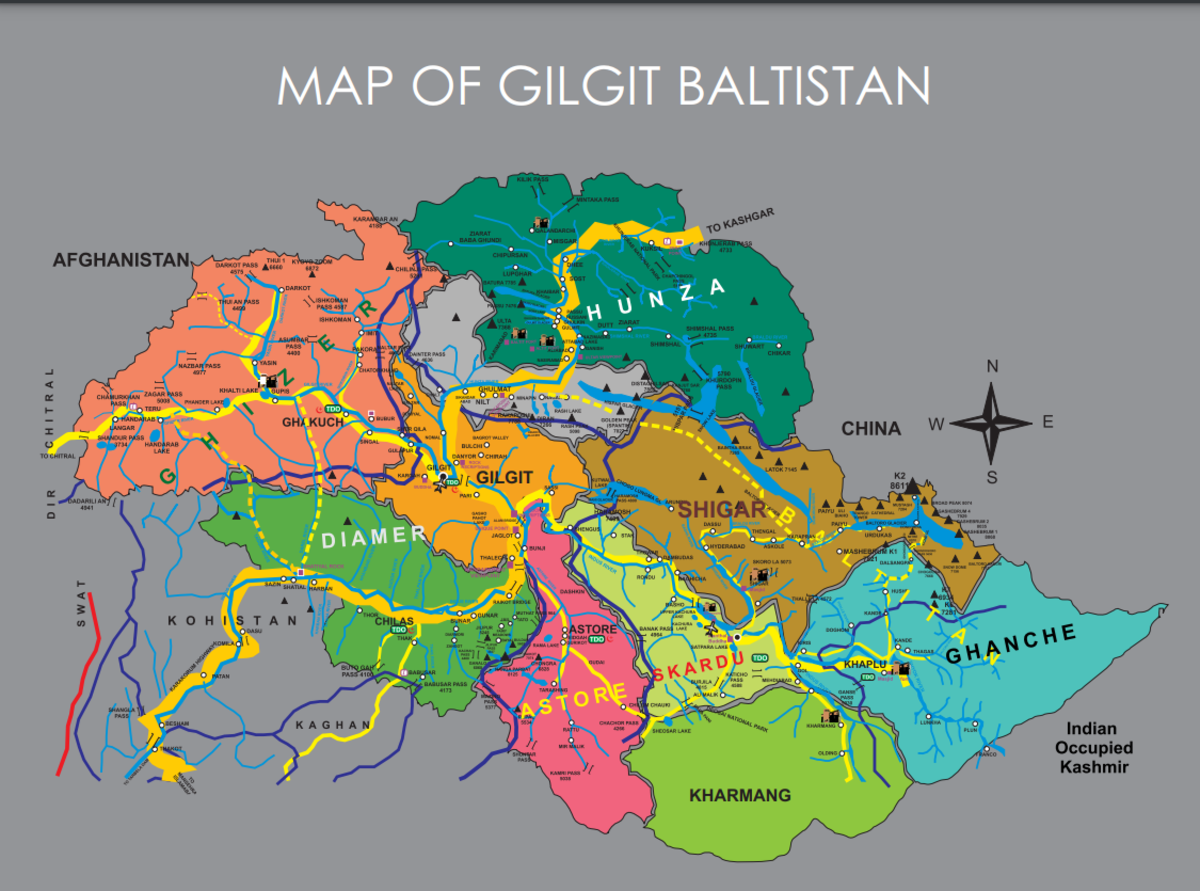Climate Change and our Most Beloved Food
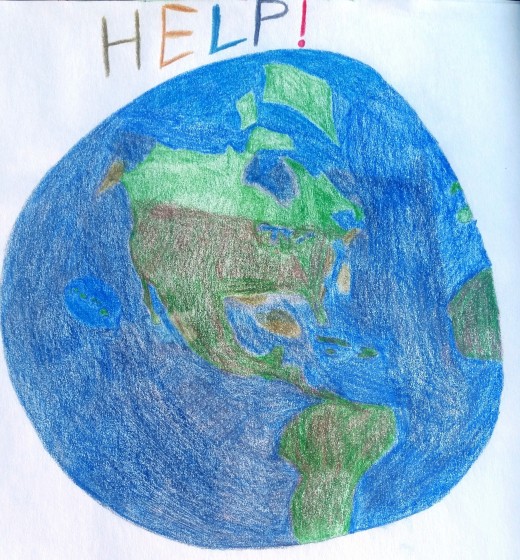
Pushing a shopping cart through the aisles of your favorite grocery store can be an exciting, fun, and relaxing experience. All this delicious food easily accessible might make you ponder what new things you should try. It is 2017 and thankfully there are tons of diverse options of food but what if in 5, 10, 15, or 20 years from now the same food you bought last week was nowhere to be found! Currently the Ultra Foods in Joliet, Illinois is closing and you can see the aisles have reduced grocery options as shoppers take advantage of the sales. Currently there is an increase in food not being able to find its way into our grocery stores. Our beautiful planet has allowed our most delicious foods to flourish since the beginning of time but now due to increasingly, unpredictable weather we are in the early stages of a nightmare.
Coffee is one of the most beloved drinks worldwide with 2.25 billion cups consumed daily and consumption continues to climb 5% every year. Coffee is popular, and by mid century availability may change dramatically. Up to half of the world’s area suitable for coffee production may be lost due to climate change by 2050 and wild coffee could be extinct by 2080 according to a report by the Climate Institute of Australia. Over 70 countries and 125 million people depend on the coffee trade that is valued worldwide at 19 billion dollars. World coffee production has tripled since the 1960s and the countries that produce the most coffee are Brazil, Vietnam, Columbia, Ethiopia, and Indonesia. In 2012 and 2013 crops in Central America were damaged by the spread of a fungus that resulted in nearly 500 million dollars in lost revenue putting 350,000 people out of work. A 2014 drought in Brazil destroyed 33% of the coffee being grown. In the country of Tanzania, in east Africa, coffee yields have dropped in half since the 1960s. In addition to the rising temperatures and inconsistency in rainfall the coffee berry borer, a beetle, is the third challenge farmer’s face. The coffee berry borer causes damages in excess of 500 million dollars every year. The hotter, wetter weather has increased their presence. Two of the largest coffee companies Starbucks and Lavazza have both publically commented about the threat of climate change.
Chocolate is grown worldwide along the equator and best thrives in rainforests. Lots of rain, high humidity, nitrogen-rich soil, and protection from the wind are the conditions that the cacao trees like best. The countries of Cote d’Ivoire and Ghana in Africa produce over half of the world’s chocolate supply but that is estimated to change by mid century. The projections of increased temperatures in 2050 but not increased rain make chocolate an uncertainty for the future. Twelve of the largest chocolate companies have recently joined together in an effort to solve the problem. They intend on working with the local governments and their efforts will begin in Cote d’Ivoire and Ghana. One noticeable problem has been the increase in agriculture to combat poverty but that has lead to a sharp reduction in rainforests.
In May of this year there were two separate studies published indicating a big decline in our food crops. Researchers with the Journal Economics of Disasters and Climate Change and researchers the University of California with Cornell University uncovered 5 foods at risk. From 1961-2013 corn, rice, soybeans, and wheat were studied by the Journal Economics of Disasters and Climate Change. Their analysis found that global production will be down by 9% in the 2030s and by 23% in the 2050s. The study by the University of California with Cornell University observed wheat and barley in France. Their analysis found that winter wheat yields reduced by 21%, winter barley decreasing by 17%, and spring barley yields diminishing by an alarming 33% by the end of the century.
The northeast coast of the United States takes great pride in savoring delicious clams and lobster. The seafood industry is highly lucrative and Maine with Massachusetts combine for almost all of the lobster we enjoy. Clams, lobster, salmon, and more are at risk according to an analysis by the National Oceanic and Atmospheric Administration published last year. The NOAA took a hard look at the continued ocean acidification and increased temperatures along the Atlantic studying 82 species. The results will have any lover of seafood concerned. Half of the specious were deemed to be in danger and were at great risk. In addition to clams, lobster, and salmon other delicious seafood at risk were shrimp, scallops, mussels, and crab. On the opposite side of the country along the northwest coast oysters were dying at alarming rates a decade ago. The increase in acidity in the oceans was making it difficult for oysters to form their shells because of the reduced sodium in the water. The problem was diagnosed in 2007 and for two years Whiskey Creek, the second largest commercial shellfish hatchery along the Pacific Ocean, was in serious distress. The problem was extensively studied and when needed sodium was pumped into the water thus saving the oysters. With help from federal government and then state funding monitoring sites were created along Washington State down to the Whiskey Creek in Oregon.
Every year their numbers continue to diminish and they produce one of the most delicious foods, honey. The Bee Informed Partnership just released their annual survey results of United States bee keepers and found a 33% loss for the past year from April 2016-March 2017. The numbers are from an estimated 13% of bee colonies in the country. The 33% loss is an improvement of 7% over the prior year when it was reported a 40% decline. In 2015 the Federal Government set a goal of reducing the number to a 15% loss. Climate change, pesticide use, habitat loss, and parasites are responsible for the decline of bee colonies. While bees are most known for honey, they also contribute greatly to our fruits and vegetables. Apples, oranges, lime, broccoli, carrots, avocado, blueberries, cherries, cranberries, onion, and cucumber bees help produce. Almonds are also produced with the help of bees. Without bees to spread seeds many of our favorite foods would cease to exist.
Climate change has not only produced more extreme, unpredictable weather but also puts the diet we love at risk. Coffee, fruits, vegetables, chocolate, seafood, bread, cereal, beer, rice, soybeans, corn, wheat, and ultimately everything inside our favorite grocery store could be gone one day. The high temperatures and unstable rain in India has had a lethal effect on its agricultural industry as over 12,000 farmers every year have committed suicide since 2013. The simple pleasure of growing a plant to maturity and harvesting is not as easy as it once was, especially in some parts of the world. Steps are being done by average people and governments alike to save our food but without continued, increased efforts one day our favorite grocery stores, restaurants, and ability to enjoy a meal will be a distant memory.
Angel Guzman
Sources:
The Climate Institute of Austria
A Brewing Storm: The climate change risks to coffee
http://www.climateinstitute.org.au/coffee.html
Climate.Gov
https://www.climate.gov/news-features/climate-and/climate-chocolate
Confectionery News
The Daily Climate
http://www.dailyclimate.org/tdc-newsroom/2017/may/climate-change-could-cut-into-major-crop
Carbon Brief
https://www.carbonbrief.org/us-seafood-species-highly-vulnerable-to-climate-change-study-says
Think Progress
Agri-Pulse
http://www.agri-pulse.com/articles/9306-bee-colony-losses-down-survey-says-but-experts-voice-caution
Natural Resources Defense Council
Why We Need Bees: Nature’s Tiny Workers Put Food on Our Tables
The Times of India

